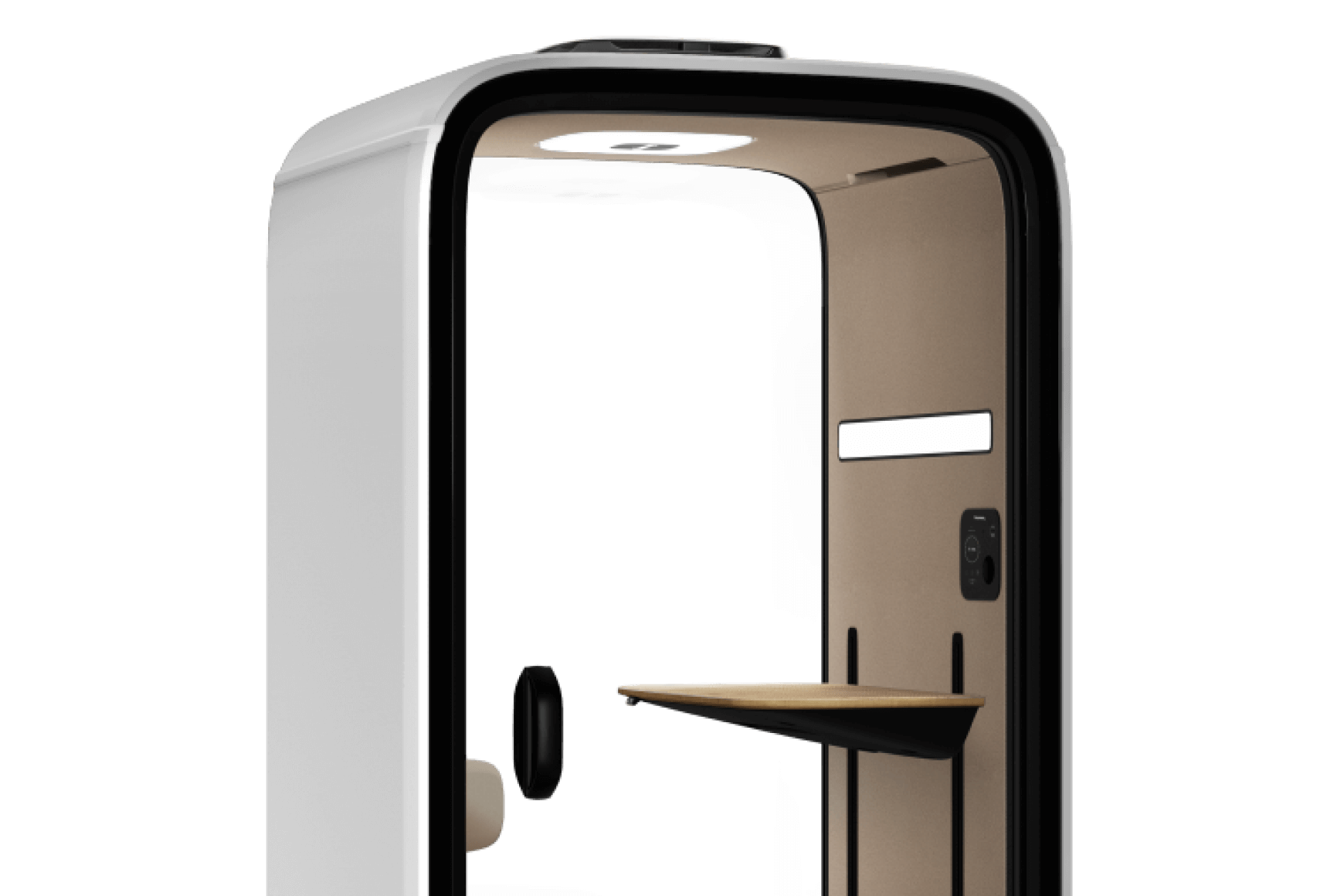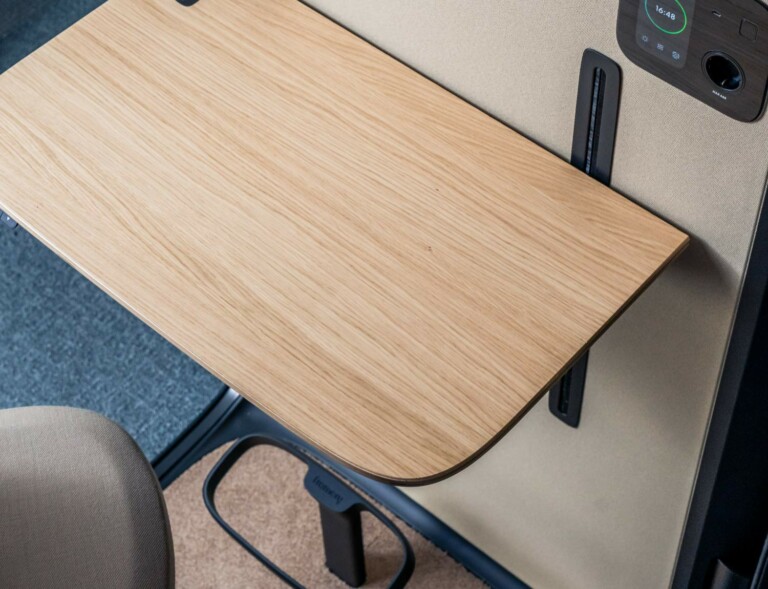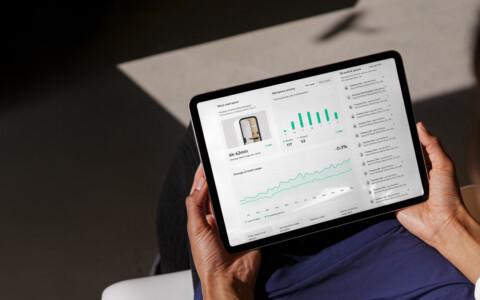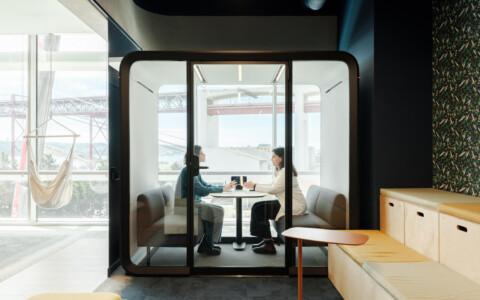Many office workers accept the consequences of poor office ergonomics, such as stiff neck, vision problems and physical stress from sitting for long periods, as normal parts of everyday work in an office. Similarly, employees may try to cope with daily distractions and noisy working environments, although they greatly hinder productivity and eventually lead to excessive stress. Fortunately, offices can do a great deal to improve office ergonomics.
What is office ergonomics, and how to improve it?
When looking to improve the ergonomics of a traditional office workplace, consider at least the following:
- Desk and workstation: Workstations should be adjusted at the right height, with plenty of space for legs under the desk. Workers can use a footrest to raise their legs if they do not reach the floor. The desk should be kept free of clutter and unnecessary stuff.
- Office chair: An ergonomic office chair is a must when working several hours every day sitting. First, an ergonomic office chair is adjustable so that its height and angle can be set up for the user. Adjust the chair to keep feet flat on the floor. If the chair comes with armrests, those should be adjustable as well to promote good office ergonomics.
- Computer monitor: An office job requires spending time staring at a computer monitor, which is why it too should be chosen with the worker’s well-being in mind. The computer monitor should be positioned at eye level, at an appropriate distance from the user (about 50-100 centimeters). A separate monitor can be used for a more ergonomic working position when using a laptop.
- Keyboard and mouse: An ergonomic working position should allow for keeping the wrists straight and shoulders relaxed. If working with a laptop, an external keyboard and mouse allow a more neutral position while typing and clicking away.
Remember that an ergonomic workspace is tailored to the user’s needs, so encourage employees to customize their desks, chairs and other equipment for personal needs and preferences. Good office ergonomics also involves taking enough short breaks to avoid eye strain and neck pain, for instance, from staring for prolonged periods of time at a computer monitor or laptop screen.
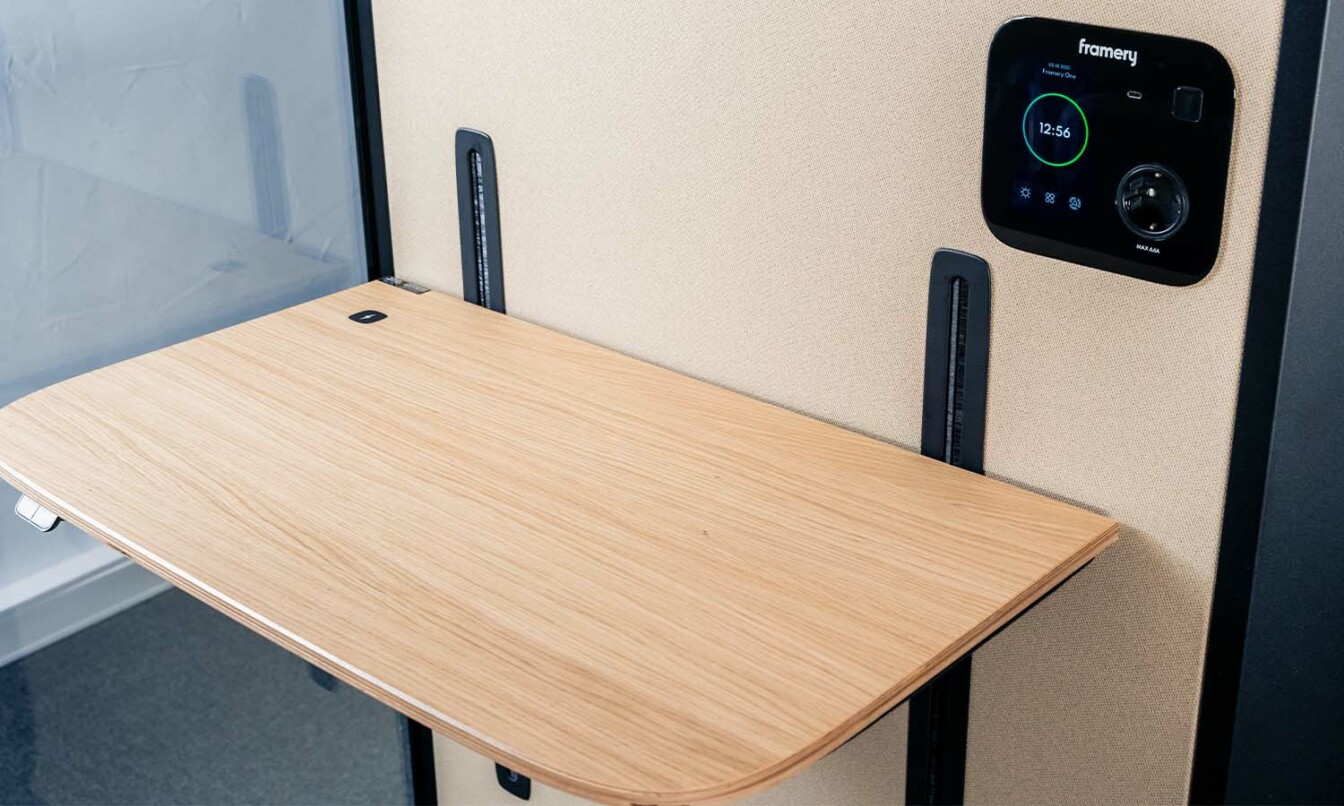
Office pods promote movement in the office
Working in the modern office environment often leaves much room for improvement when it comes to movement and promoting good ergonomics. Staying stationary and passive from 9 to 5 with only small bursts of low-level movement to break the monotony is hardly supportive of ergonomic work and employee wellbeing. For instance, working remotely from home allows employees more freedom to move throughout the day, do chores, stretch, or step outside for a brisk walk.
Placing office pods at different locations throughout the office motivates workers to get up and move from one place to another and get some much-needed activation for their bodies after long stretches of sitting.
Provide enough Framery office pods, such as the single-person Framery One Compact, where employees can jump in for private phone calls, remote meetings, or focused work in a sound-insulated environment.
The Framery One office pod can be connected to your workplace’s Google and Microsoft Teams calendars to make checking the availability of pods a breeze. With Framery Connect, employees can book the office’s pods ahead of time and check availability from their calendars. Read more about Framery Connect.
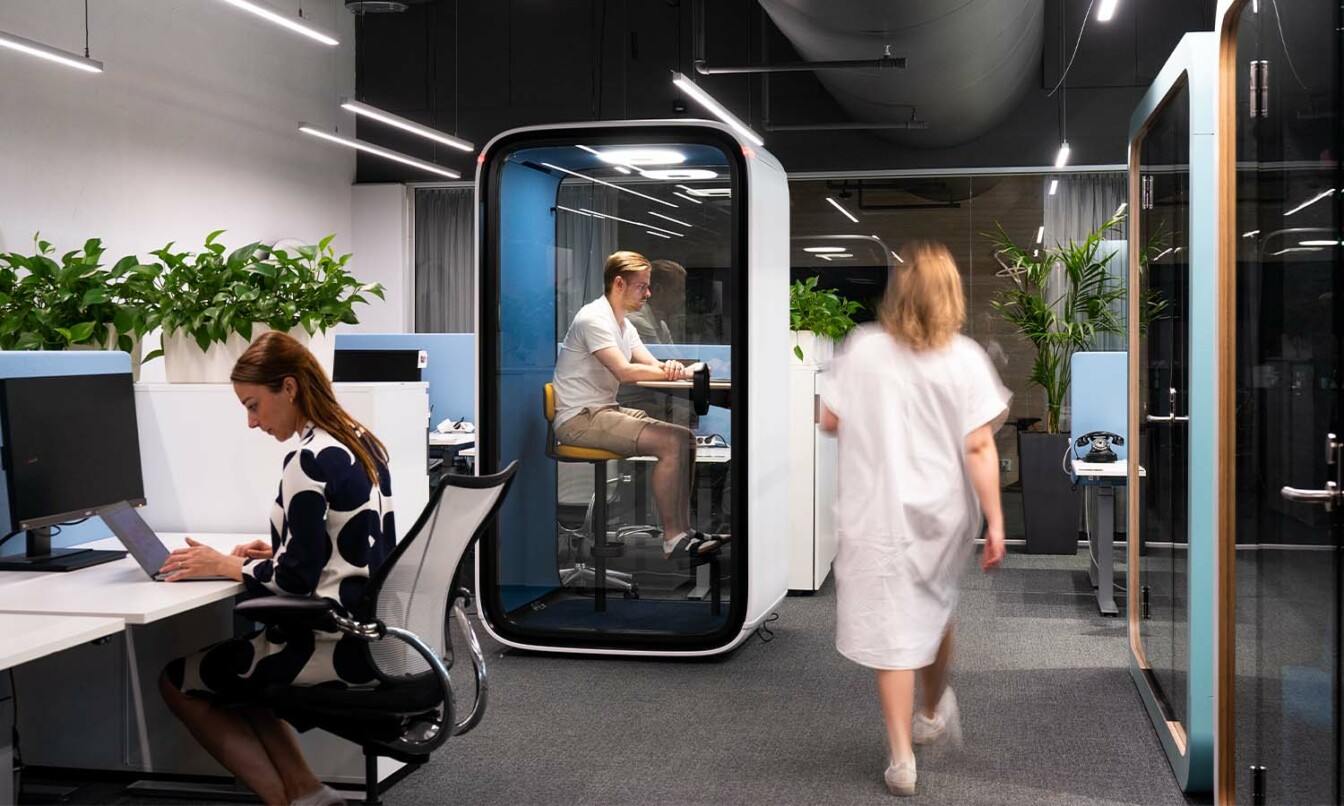
The rise of standing desks at the office
One trend at workplaces and home offices is the use of standing desks to combat the adverse effects of sitting for long periods at a time. Not only can standing up and alternating with sitting reduce the risk of various adverse health effects, such as obesity and cardiovascular disease, but standing throughout the workday can be beneficial for employees’ creativity, productivity, and cognitive performance when used correctly.
The Framery One office pod is also available without the adjustable chair, turning the pod into a walk-in phone booth or a space for attending meetings while standing. Framery One’s table can be adjusted at the right height to ensure optimal and ergonomic working posture. The pod’s ventilation and lighting are just as well adjustable to enable the perfect environment that allows even longer times spent inside the pod.
Fight poor office ergonomics with soundproof pods and booths
Employers can do a great deal to support ergonomics at work and improve the well-being of employees. One solution to harnessing the full benefits of ergonomic office design is to choose furniture and equipment that supports ergonomic work. However, just about any piece of office furniture will not do. Instead, employers should invest in quality and premium furniture, such as soundproof office pods, that offer a space for ergonomic working.
However, ergonomics is not concerned with physical health alone. The cognitive side of workers’ well-being is just as important, especially in cognitively demanding and stressful office work that often takes place in noisy environments full of distractions and sensory overload. That is why privacy and quiet in the office are essential for good cognitive ergonomics, in addition to breaks from work and distraction-free spaces.
Working in Framery pods has been shown to reduce stress and improve recovery in the midst of the workday. Having a break or working inside a Framery pod allows workers to relax and energize, according to our study.
Get started today
Design your own
Customize your pod and make it your own with our pod configurator.
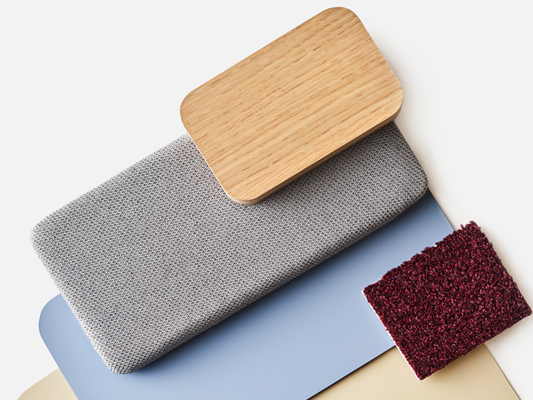
Get a quote
Find your nearest representative to hear about pricing and get a quote for your project.
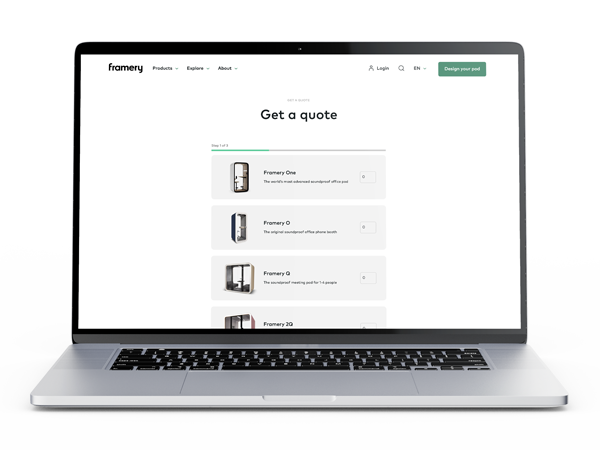
Try a pod
Visit one of our global showrooms to try any of our Framery pods for yourself.
